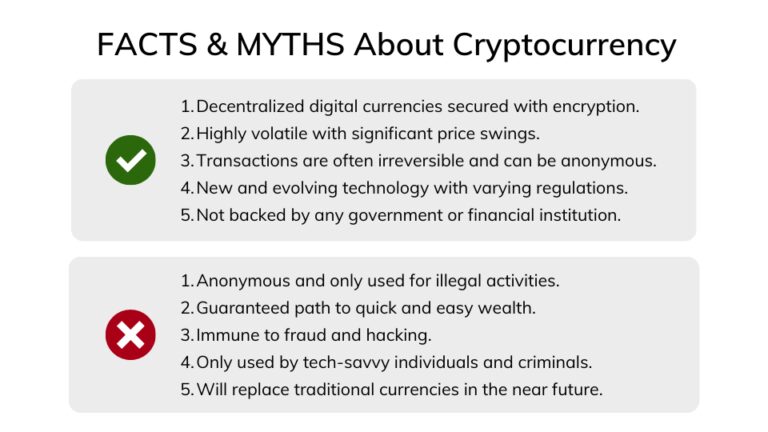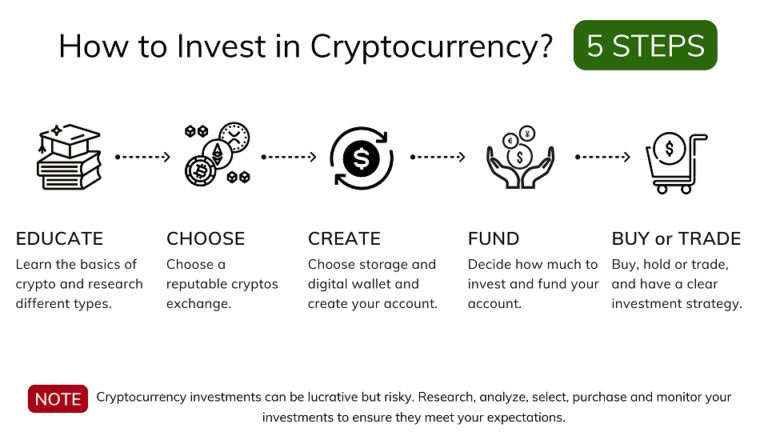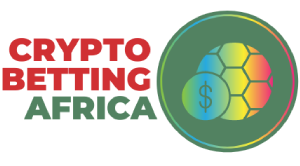Welcome to the future of education where Non-Fungible Tokens (NFTs) are revolutionizing the learning landscape. Discover the transformative impact of blockchain technology on learning, teaching, and assessment strategies and pave your way to an innovative educational experience. Dive in and be a part of this stimulating journey.

Non-Fungible Tokens (NFTs) have taken the digital world by storm, transcending their roots in the arts and gaming sectors to establish a footprint in the educational arena. This pioneering digital asset, based on blockchain technology, is reshaping the way we perceive value, ownership, and transparency, and its integration into education is evoking a new paradigm for learning resources.
Simply put, NFTs are unique digital assets represented as tokens on a blockchain. Unlike cryptocurrencies like Bitcoin or Ethereum that are fungible (interchangeable), each NFT possesses a unique set of attributes that distinguish it from its peers. This grants NFTs the ability to represent ownership or proof of authenticity for a myriad of tangible and intangible assets.
At the core of each NFT lies blockchain technology, a decentralized digital ledger that records all transactions across multiple computers. This ensures that each NFT is immutable and transparent, offering a foolproof mechanism for validating authenticity and ownership. In the context of education, this feature holds immense potential in managing educational resources, accreditation, and learner outcomes.
In the education sector, NFTs are emerging as a powerful tool for managing and enhancing digital learning resources. They can represent ownership of educational content, track students’ learning progress, and even enable equitable access to education by reducing costs and improving accessibility. As the educational landscape shifts increasingly towards digital formats, the integration of NFTs is proving to be a game-changer.
With these NFTs, educators can create, mint, and sell unique learning materials, while students can secure ownership and rights to their learning achievements. Additionally, NFTs can facilitate a learner-centric model where educational content is personalized and adaptive.
Interested in seeing NFTs in action? Feel free to Explore the Top NFT Marketplaces and observe the array of possibilities NFTs introduce to various sectors, including education.
The integration of NFTs into education is a promising development that can redefine the ways we manage, distribute, and consume educational resources. While we have only scratched the surface of its potential, it’s evident that the infusion of blockchain technology in education through NFTs can pave the way for a more equitable, transparent, and immersive learning environment.
The advent of Non-Fungible Tokens (NFTs) signals a shift towards digital learning resources. This represents a significant turning point in the educational landscape. From textbooks and modules to dynamic digital content, the digitization of learning materials has proven to deliver more engaging and effective learning opportunities. This digital shift is in line with the rising trend of e-learning, a market projected to reach $325 billion by 2025.
NFTs possess the ability to revelutionize ownership and access to educational materials. In a conventional setting, access to learning resources is often limited and controlled. However, blockchain technology, the force behind NFTs, decentralizes the control of resources, allowing students to have direct, unrestricted access to their learning materials. Therefore, students are no longer just consumers of information, but also owners of their learning assets.
One significant way in which NFTs could revolutionize the education sector is through personalized and immersive learning experiences. NFTs have the potential to give rise to a personalized learning environment where resources can be tailored to meet individual learning needs. For instance, a digital textbook tokenized as an NFT could be modified according to each student’s learning style and academic progress. To further comprehend the opportunities and challenges of NFTs in transforming education, delve into our article on NFTs – Opportunities and Challenges.
Apart from personalized learning, NFTs also provide immersive learning experiences. Thanks to the integration of NFTs in Augmented Reality (AR) and Virtual Reality (VR) platforms, students now have the opportunity to explore educational content in a highly engaging and interactive way. Imagine being able to walk through an ancient civilization or the human anatomy in a virtual world, all tokenized as NFTs. This is the future of education, and it is happening now.
Despite its promising potentials, the integration of NFTs in education is still in its early stages. However, as more educators, developers, and policymakers start to understand and harness the power of NFTs, we can expect a rapid transformation in the educational landscape. Just like the way internet revolutionized education in the late 20th century, NFTs are poised to reshape learning in the 21st century. The question is, are we ready for the revolution?

The incorporation of Non-Fungible Tokens (NFTs) into educational platforms is not merely a conceptual idea, but it’s happening in reality. Various leading educational platforms are demonstrating innovative use cases for NFTs. Let’s explore some examples to demonstrate how NFTs are facilitating enhanced learning and providing a new perspective to education.
OpenSea, Rarible, and Foundation are well-known platforms that have integrated NFTs in education. OpenSea, one of the largest digital marketplaces for crypto collectibles and non-fungible tokens, is now being used to trade educational content. For example, teachers can mint unique course materials as NFTs and students can purchase them to gain exclusive access.
Rarible, a democratic marketplace where you can create, sell, or collect digital items secured with blockchain, is also reshaping the way we perceive educational content. Independent educators can now create and sell their unique digital courses on Rarible, giving them the ownership and freedom they never had before.
Foundation, another dynamic digital marketplace, allows artists and creators to auction their digital artwork. It has now stepped into the educational sector, providing a platform for art teachers and students to trade art lessons and materials in the form of NFTs.
Decentraland, a decentralized virtual reality platform powered by the Ethereum blockchain, is another exceptional example of the application of NFTs in education. Within Decentraland, users can create, experience, and monetize their content and applications. Recently, Decentraland has become a hub for innovative education models, where virtual lectures, seminars, and interactive lessons are tokenized as NFTs. This allows educators to secure their intellectual property rights and students to own their unique learning experiences. For a firsthand immersive experience in Decentraland, follow this A Virtual Journey in Decentraland.
SuperRare and Nifty Gateway are making significant strides in promoting digital art education using NFTs. On SuperRare, art instructors can tokenize their art lessons into unique NFTs, while students can purchase these tokens and unlock exceptional learning resources. Similarly, Nifty Gateway provides a platform for art schools and educators to mint their courses into NFTs and sell them to students directly.
In conclusion, the practical africage of NFTs in these educational platforms is redefining traditional education models and providing more inclusive, accessible, and secure learning experiences.

As with any new technology, the integration of NFTs into education will bring both benefits and challenges. It’s important to navigate these carefully to fully harness the potential of NFTs in transforming educational experiences and outcomes.
One of the key benefits of NFTs in education is the potential for enhanced student engagement. The interactive nature of NFTs, combined with the potential to earn and trade digital assets, can add an exciting and motivating dimension to learning experiences.
While the benefits are enticing, there are also several challenges to overcome. Understanding and harnessing the potential of blockchain technology and NFTs require a certain level of technical knowledge which can be a barrier for some educators and learners. Moreover, resolving regulatory issues around the use and ownership of digital assets is another hurdle in many jurisdictions.
In conclusion, while NFTs hold vast potential to revolutionize education, their successful integration will largely depend on how we address these challenges. A careful balance must be struck between innovation and regulation to ensure that NFTs can be a force for good in the world of education.

As we immerse ourselves deeper into the digital age, the integration of technology in the field of education becomes not only more common but also necessary. One of the recent technological advancements having potential implications for education is the non-fungible token (NFT). The growing acceptance of NFTs among educators and learners is a trend that deserves a keen eye, especially as we explore its potential in online learning, virtual reality, and gamified education.
More and more educators are beginning to see the potential of NFTs in providing new ways of delivering educational content and facilitating better learning environments. NFTs also present a great opportunity for students who develop digital assets, enabling them to monetize their creations and, in turn, inspire a new wave of innovation. The acceptance of NFTs in education is bolstered by the younger generation’s familiarity and comfort with digital technology, creating a conducive environment for the rise of NFTs in education. More detailed insights can be found in the Future Forecast by NFT Experts.
NFTs hold significant potential in the realms of online learning, virtual reality, and gamified education. In an online learning environment, NFTs can ensure authenticated ownership of digital certificates, badges, or credits, thereby preventing fraud and reinforcing the credibility of online courses. Meanwhile, in virtual reality set-ups, NFTs could be used to create unique, immersive learning experiences that a student owns and can interact with.
Similarly, in gamified education, NFTs could be used to create digital rewards, such as badges or points, that are uniquely owned by a student. This not only enhances the learning experience but also instills a sense of achievement in students.
As we look to the future, we can notice several trends emerging in the space of NFTs and education. One of the most anticipated developments is the role of platforms like Mintable, Zora, and Async Art in the landscape of education. These platforms, already popular in the art sector, are expected to branch out into education, offering students a platform to showcase and monetize their unique digital creations.
Other predictions include a rise in the use of NFTs for securing intellectual property rights, as well as their potential role in credentialing and issuing digital diplomas. The advent of these technologies might even pave the way for a global digital library of unique educational assets, ushering in a new era of educational democratization. The possibilities are endless and exciting and it is clear that NFTs have the potential to transform the field of education in numerous ways.

